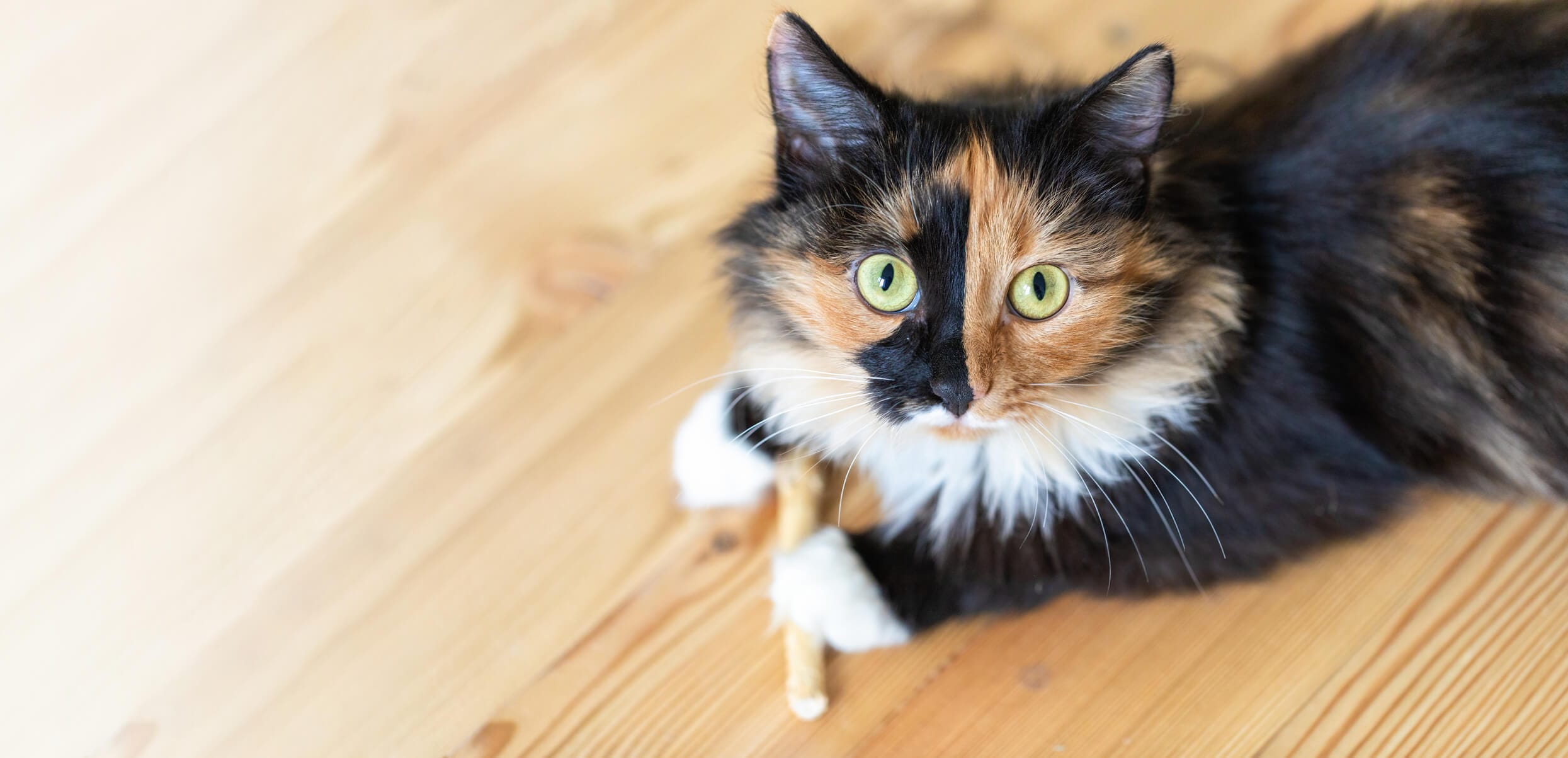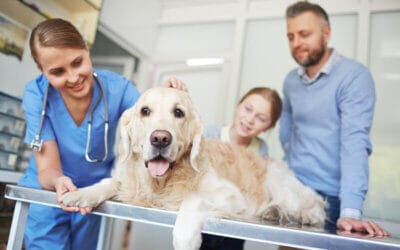When our furry family members look up at us with those big eyes, it’s easy to get distracted by how adorable they look.
These bright eyes do more than look cute though — they help our pets interact with their environment. It’s important to keep them clear, clean, and healthy. If you notice a change in your pet’s eyes, it could be a sign of one of these common eye problems.
Conjunctivitis/Pink eye
Conjunctivitis, also known as pink eye, is one of the most common eye conditions in pets. It occurs when the lining of your pet’s eye becomes inflamed. This can be caused by allergies, injury, infection, foreign objects, or dry eye. Some symptoms include:
- Mucus or crust
- Yellow-green pus or watery discharge
- Very red or inflamed eyes
- Squinting or pawing at the eyes
- Keeping eyes closed
If you notice these symptoms, contact your veterinarian. Treatment will depend on the underlying cause, but it can include sterile saline eye washes, antibiotics, antihistamines, or other medications. Reach out to your veterinarian to find the best treatment for your pet.
Dry eye
Dry eye develops when the tear glands produce less tears than usual. Tears keep the eyes clear and clean. Without tears, ulcers can develop, and the eyelid opening and closing can scratch the surface of the eye. Distemper or an injury near a tear-producing gland can cause dry eye.
Look out for these symptoms:
- Sticky discharge
- Mucus
- Inflammation
- Squinting or pawing at the eyes
- Hazy cornea
Dry eye may lead to infection or inflammation if it isn’t treated, so reach out to your veterinarian if your pet shows these symptoms. Treatment can include applying artificial tear solution, or administering medication that stimulates tear production. Surgery is also an option. Your veterinarian can work with you to determine the best treatment method.
Cherry eye
Cherry eye is rare in cats, but it is common in dogs, especially in certain breeds. Unlike humans, cats and dogs have 3 eyelids. The third eyelid is hidden below the inner corner of the eye. This is where the tear-producing gland is located. Normally, this gland is out of sight, but weak ligaments can cause the tear gland to pop out and sit on the surface of the eye. Look out for these symptoms:
- A smooth, round, pink mass that resembles a cherry pit on the lower eyelid closest to the nose
- Swollen eye
- Thick discharge
- Pawing at eyes
A simple surgery can treat cherry eye. This condition can be recurring and often happens in both eyes, so talk to your veterinarian to treat it as soon as you can. The sooner it’s treated, the less likely it is to happen again.
Cataracts
The lens in the middle of your pet’s eyes should be clear. Sometimes, especially in aging pets, cloudy and opaque cataracts can develop in the lens. These cataracts block light from teaching the back of the eye, causing your pet to have trouble seeing. Here are some ways to tell if your pet may have cataracts:
- Cloudy or watery eyes
- A bluish-gray color inside the lens of the eye
- Changes in eye color, pupil size, or shape
- Clumsiness
- Hesitation when trying to climb or jump
- Bumping into furniture
Examining your pet’s eyes regularly will help you notice any changes early on. If you think your pet has developed cataracts, it is best to speak with your veterinarian as soon as possible.
Glaucoma
The fluid inside the eyes is constantly balanced to maintain a constant pressure. Glaucoma develops when this balance is thrown off and pressure inside the eye increases. Some symptoms of glaucoma include:
- Redness in eyes
- Increased tear production
- Visible third eyelid
- Cloudiness in the corneas
- Dilated pupils
- Discharge
- Bulging or cloudy eyes
The symptoms can be subtle at first and may be mistaken for pink eye. Glaucoma can be painful, so reach out to your veterinarian early on to find the best treatment method for your pet.
Care for your pet’s eyes
Our pet’s eyes are their windows to the world. By watching out for these common problems, we can help keep them bright and healthy. Take note of any unusual changes in your pet’s eyes and remember that the sooner problems are identified, the better the chances of treating your pet’s adorable, big, bright eyes.



